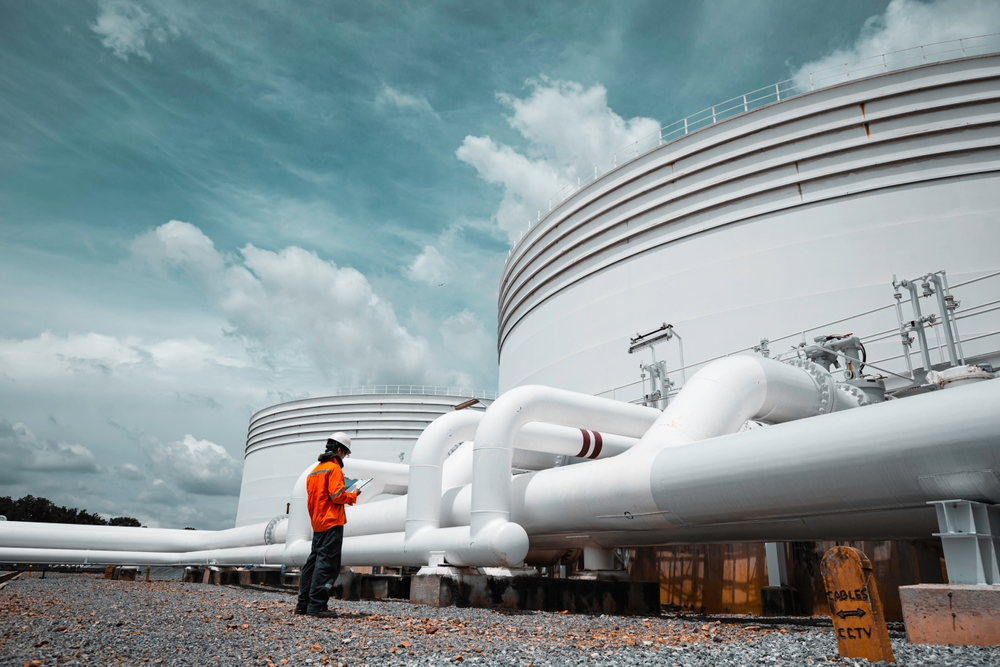Hydrocarbon fluids are transported globally via pipelines. In order to ensure secure and dependable transportation from the place of production to the coast or distribution depot, the pipeline structures are built to endure a variety of environmental loading conditions. However, one of the main reasons for countless losses in pipeline operators and the environment. Serious ecological catastrophes, human casualties, and monetary damage are caused by accidents such as pipeline failures. Significant studies have been put into developing the detection of pipeline leaks and localization utilizing various techniques in order to prevent this threat and maintain secure and dependable pipeline infrastructure. Here are the various pipeline leak detection system that prevent mishaps.
Exterior-Based Leak Detection Methods
Using external approaches mainly entails keeping an eye on the pipeline’s outside using particular sensing devices. These techniques can be utilized to spot leaks and detect anomalies in the surrounding pipelines.
Acoustic Emission Sensors: Acoustic emission is the phenomenon where transient elastic waves are produced by the quick release of energy from a source that is localized within a material or transient waves that are generated. This technique uses the vibration or noise that is produced when the pressure suddenly drops to detect leaks in the pipeline.
Fibre Optic Method: This technique entails mounting fibre optic sensors along the outside of the pipeline. The sensors can be set up as a point or distributed sensor that accurately identifies the various chemical and physical characteristics of hydrocarbon leakage along the pipes. This method’s basing working premise is that the temperature of the cable will differ if leakage occurs in the pipeline and hydrocarbon fluid gets into the coating cable.
Vapour Sampling Method: This technique is typically utilized to assess the level of hydrocarbon vapour in the pipeline environment. Oil leakage may be estimated by evaluating the recorded gas concentration as a consequence of pumping time and, subsequently, the degree of absorption.
Infrared Thermography: Infrared thermography (IRT) mechanism is a method that is based on images where infrared cameras that display the infrared range of 900-1400 nm are used to detect changes in temperature in the pipeline environment.
Ground Penetration Radar: In order to find changes in the electrical and magnetic properties of soil in the pipeline environment, ground penetration radar (GPR), a high-resolution, non-invasive sensor, uses scattering techniques and electromagnetic wave propagation.
Fluorescence Method: This method is used to raise the energy level of molecules in the substance being targeted by employing light sources of a particular wavelength in order to detect hydrocarbon spills.
Capacitive Sensing: In this method, hydrocarbon spillage is detected by an alteration in the dielectric constant of the medium around the sensor.
Electromechanical Impedance-Based Methods: In these techniques, mechanical and structural impedance caused by damage to the pipeline is monitored for the purpose of detecting pipeline failure.
Other Methods: These are less popular techniques such as electromagnetic reflection, Lidar systems, and spectral scanners.
Visual/ Biological Leak Detection Methods
This term means the techniques of finding out pipeline leakage by the conventional methods of finding out oil spilt in pipeline by using knowledgable individuals, trained dogs, drones or helicopters, or smart pigging. Trained individuals can identify leaks by observing visually or by smelling the stench that comes out from the leaking point. Similarly, this method also uses vibrations or noise produced from the leakage point as oil leaks.
Interior/Computational Methods
Internal fluid measurement devices are used in interior/computational techniques to track fluid flow characteristics in the pipeline. Utilizing metrics that quantitatively describe the released products, these systems are utilized constantly track the condition of petroleum products within the pipeline. The discrepancy between two distinct pipeline sections can be utilized to identify the occurrence of leakage by fusing the information given from the internal state of the pipelines using the following methods.
Mass-Volume Balance: This technique is straightforward and is based on the mass conservation principle that states that “a fluid that enters the pipe section remains inside the pipe until it exits from the pipeline section”.
Negative Pressure Wave: This technique is based on the principle that when a leak happens, a change in pressure and a decrease in flow speed is caused, resulting in an immediate pressure drop and variation of speed along the pipeline.
Pressure Point Analysis: This technique uses pressures measured at various points in the pipeline to detect leakage.
Digital Signal Processing: Leakage is identified using extracted data such as wavelet transform coefficients, amplitude, and other frequency responses.
Dynamic Modelling: In this method, mathematical representations of the pipeline system operations based on principles of physics is created.
State Estimators/Observers Method: This method uses dynamical modelling of the pipeline’s flow process to observe or estimate changes in variables related to fluid flow and signal the onset of a fault brought by a pipeline damage
Conclusion
This article guides the readers in recent advances in pipeline monitoring and oil leakage detection. Various leak detection techniques clubbed under three headings have been discussed comprehensively. The first one is exterior-based methods that monitor the external part of the pipelines. The second one is visual/biological methods, where physical leak detection techniques are used by trained observers. The third one is interior or computational methods, where parameters linked to hydrocarbon fluids are used for leak detection.


